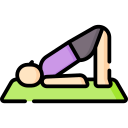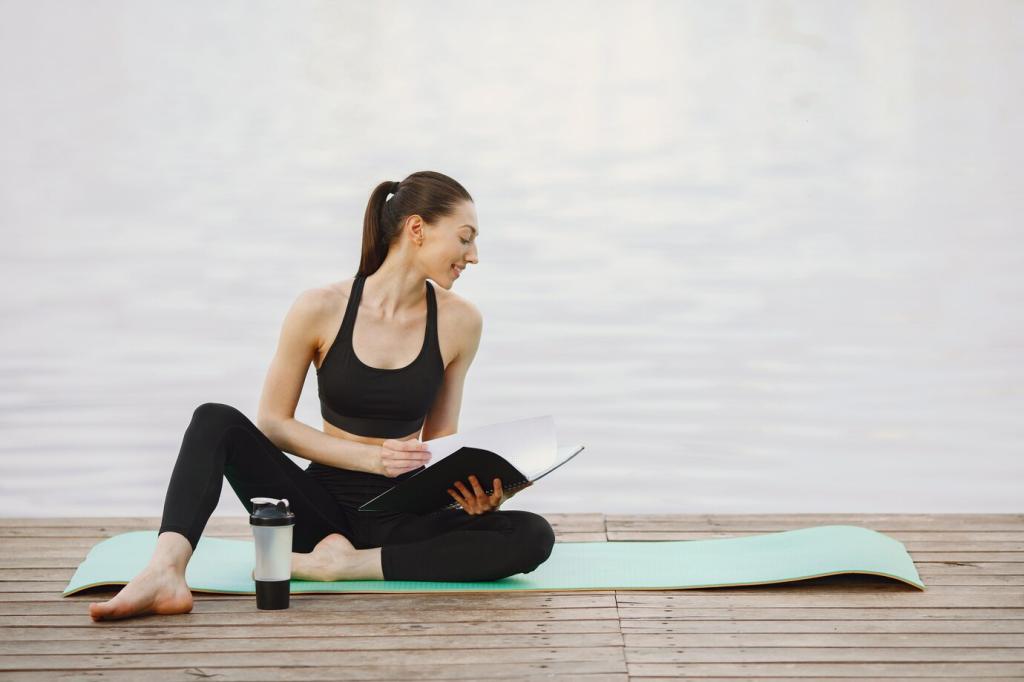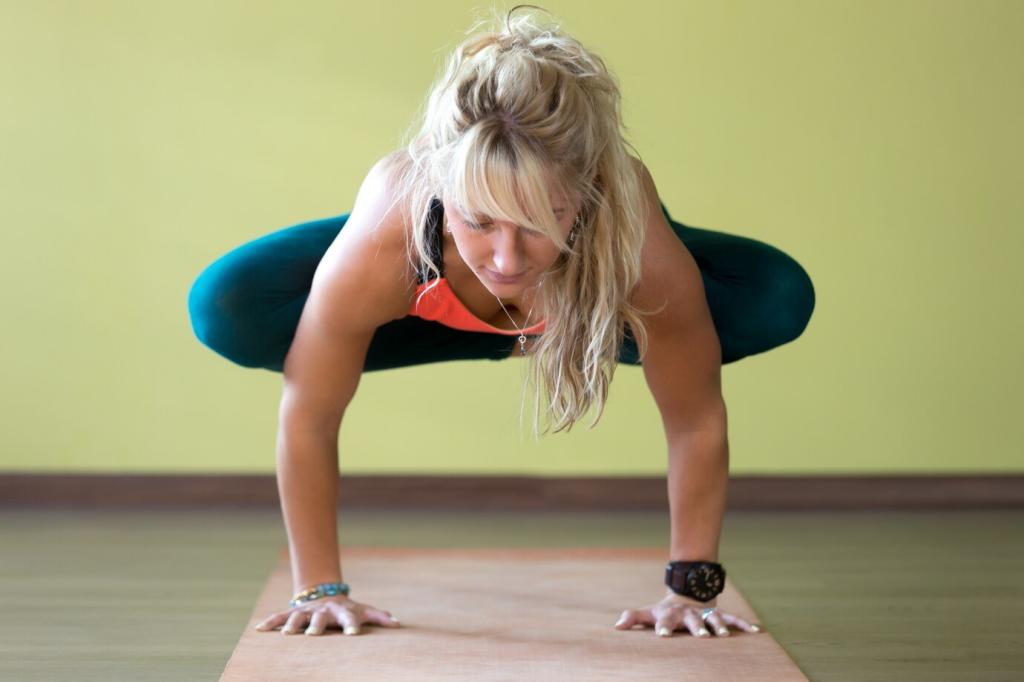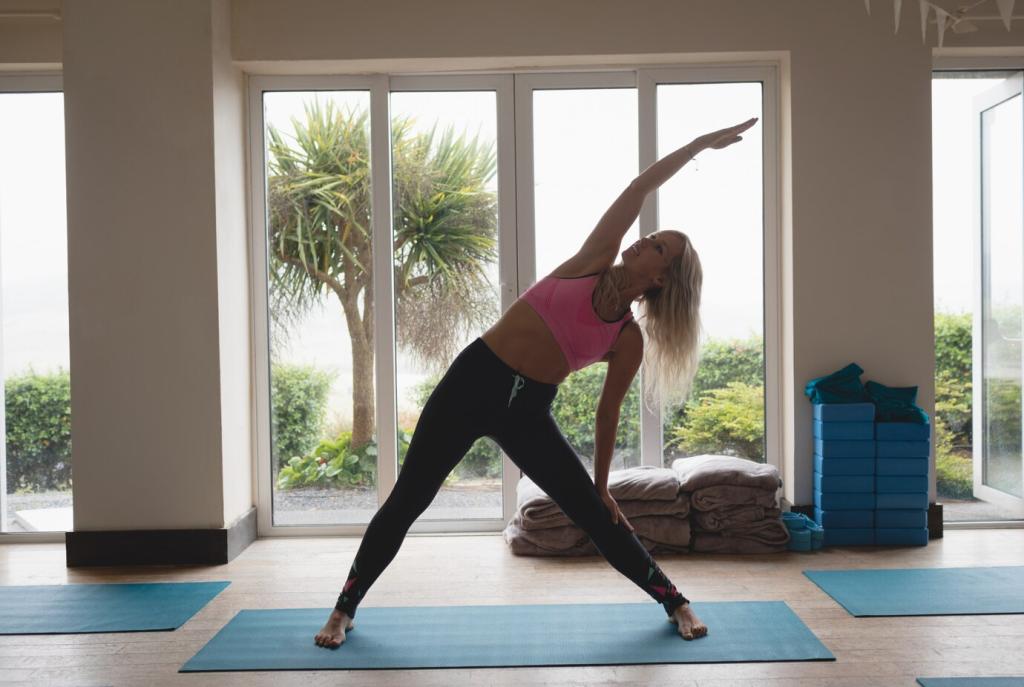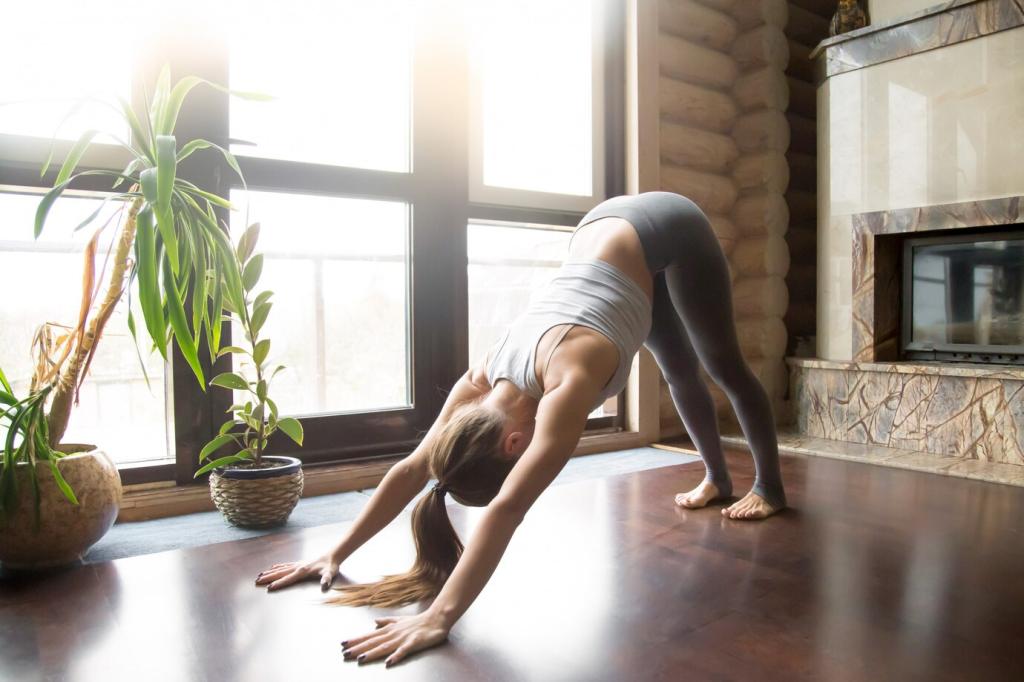Start With Breath and Intention
Pick a simple intention, like steadiness or kindness, and let it guide your flow. A reader once wrote “soften” on a sticky note near her mat and noticed she stopped forcing stretches. What word will anchor you today? Share it with us.
Start With Breath and Intention
Use smooth nasal breathing to match movement and breath. Try inhaling for four and exhaling for four, allowing the ribs to expand gently. If oceanic ujjayi breath feels complicated, stay natural for now. Tell us if counting calms your mind during transitions.
